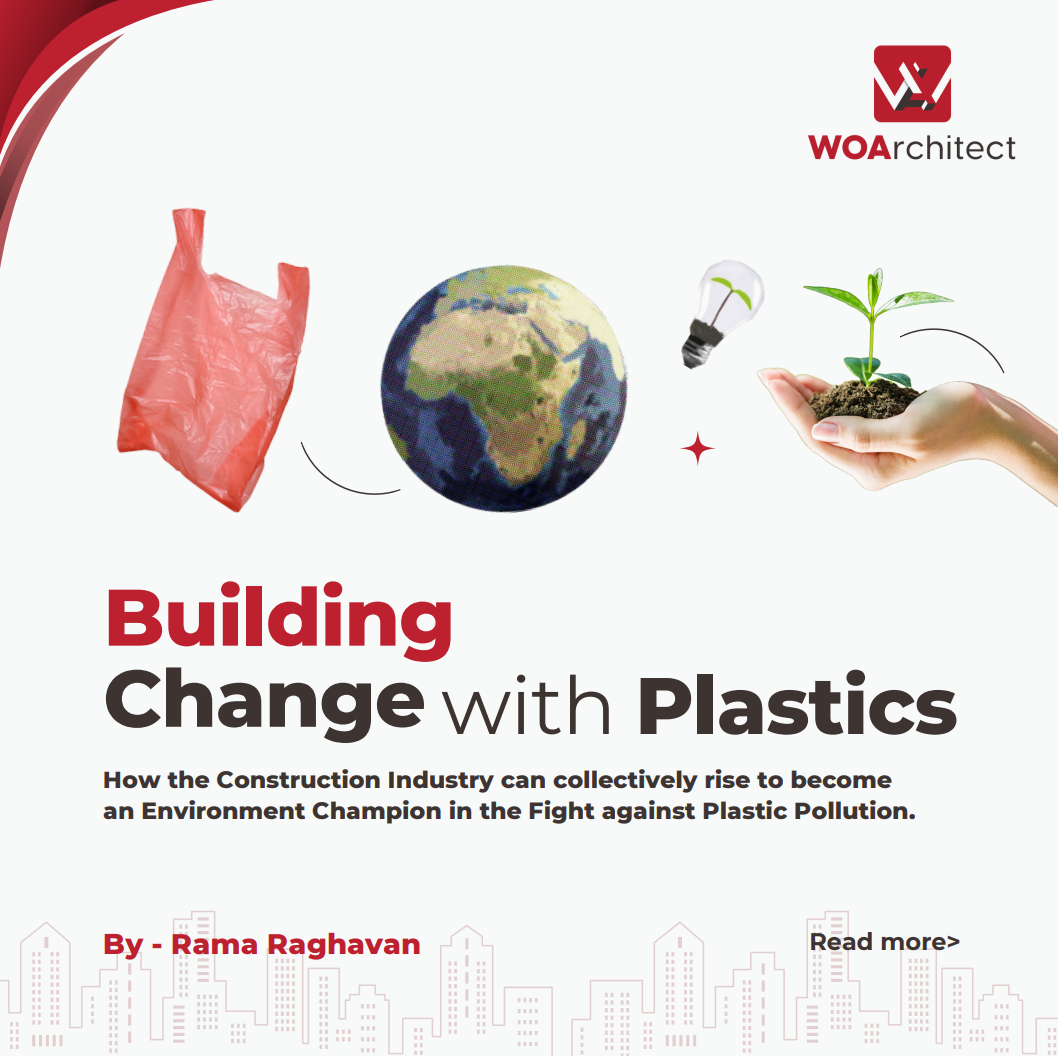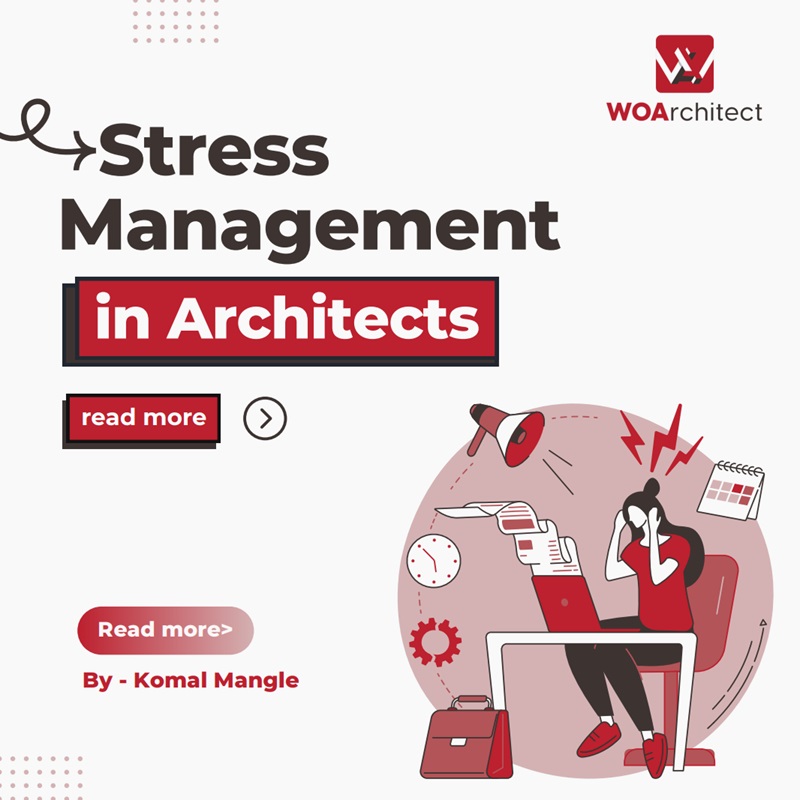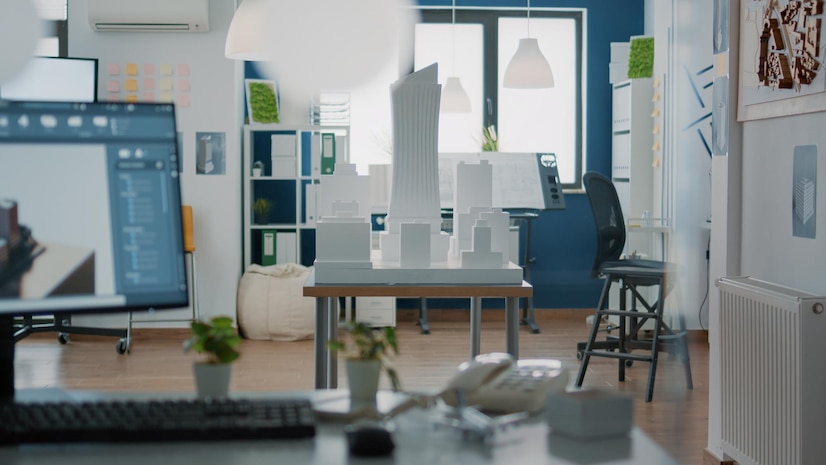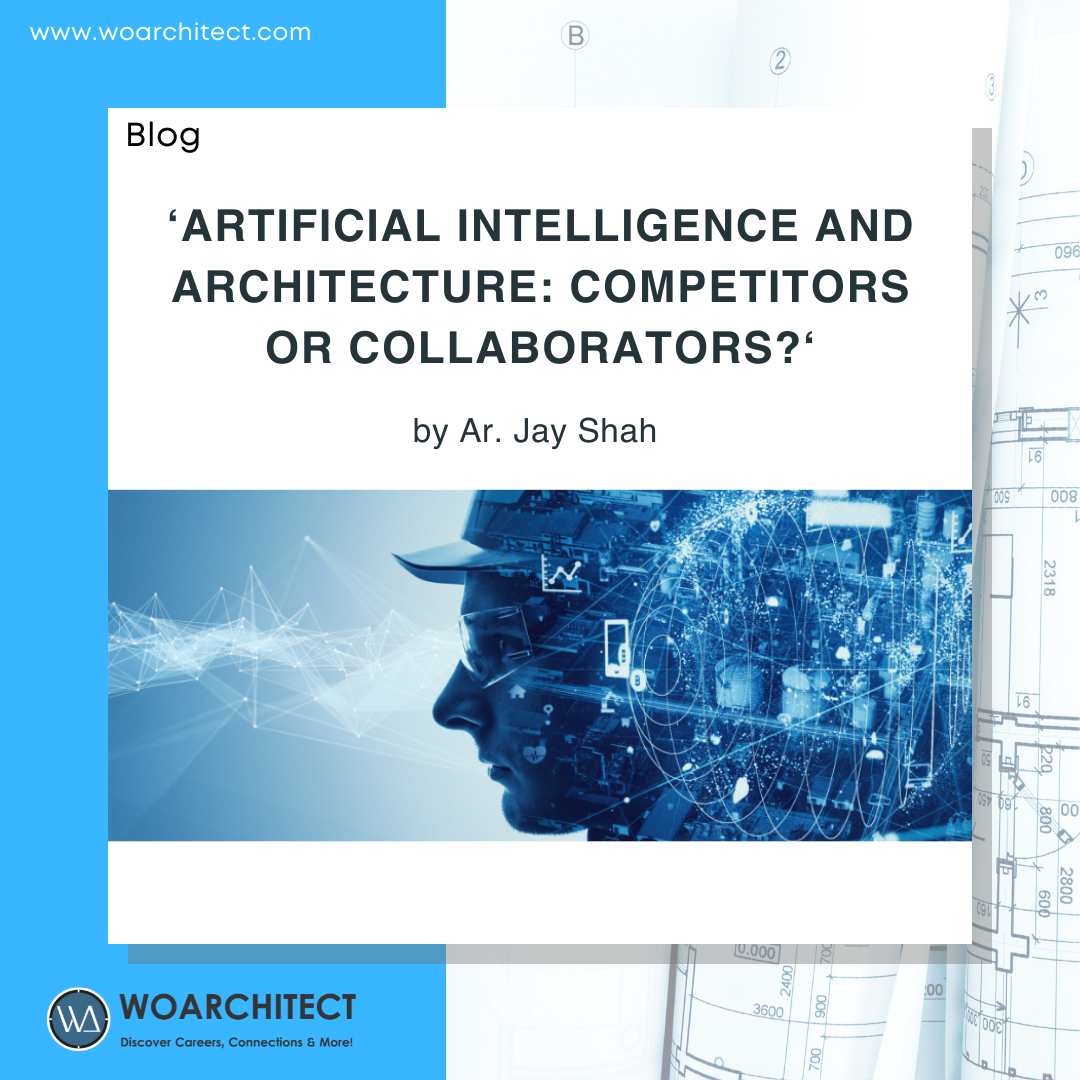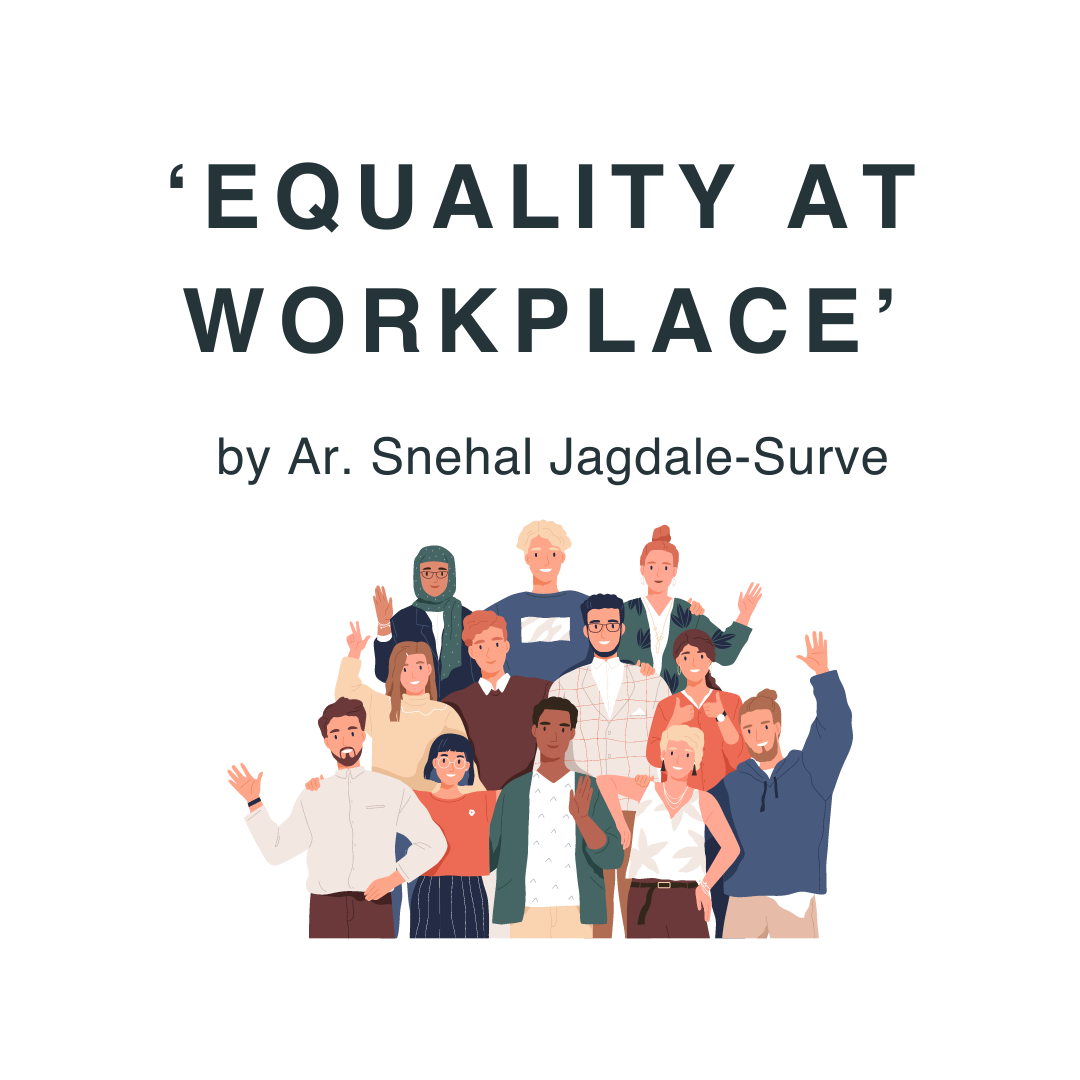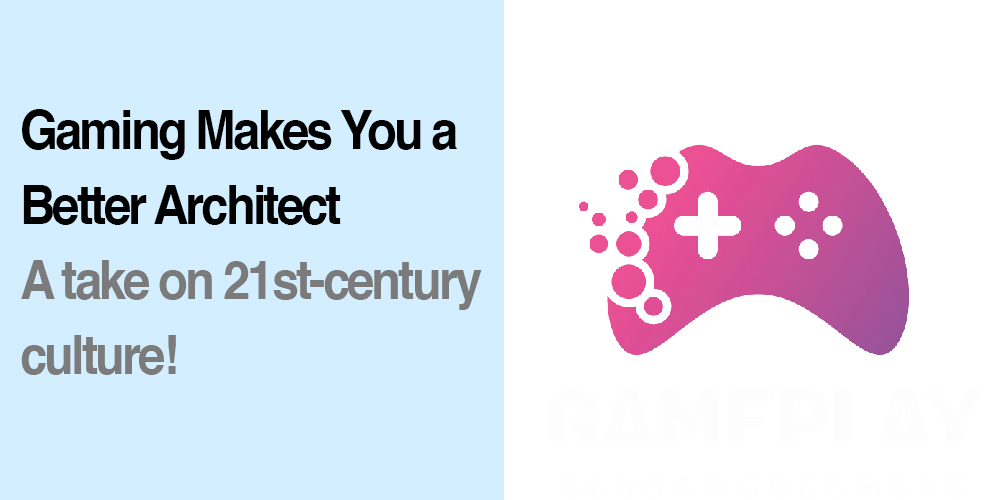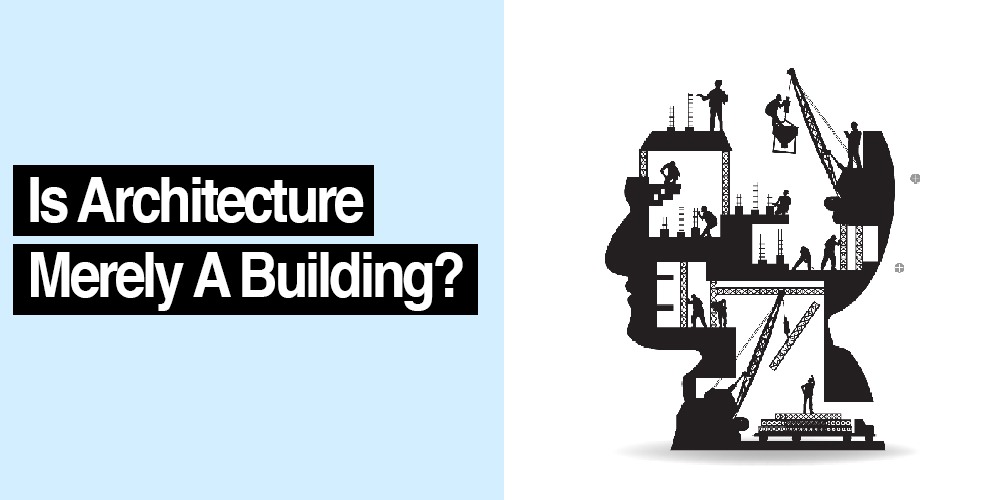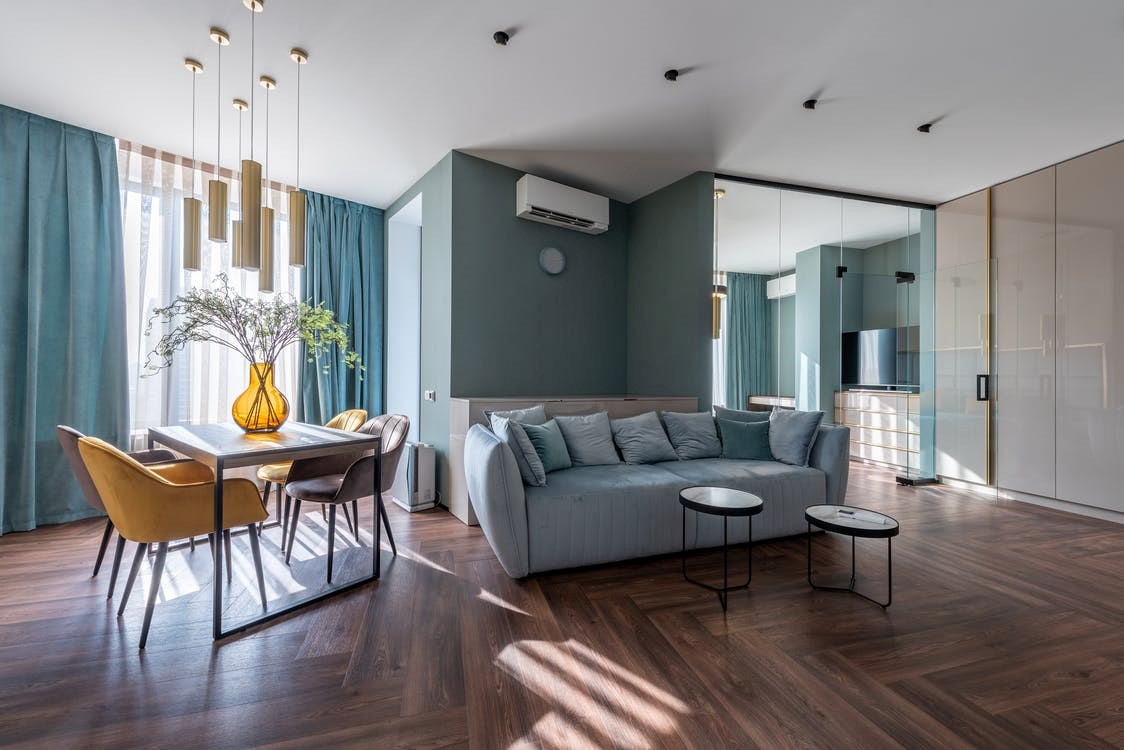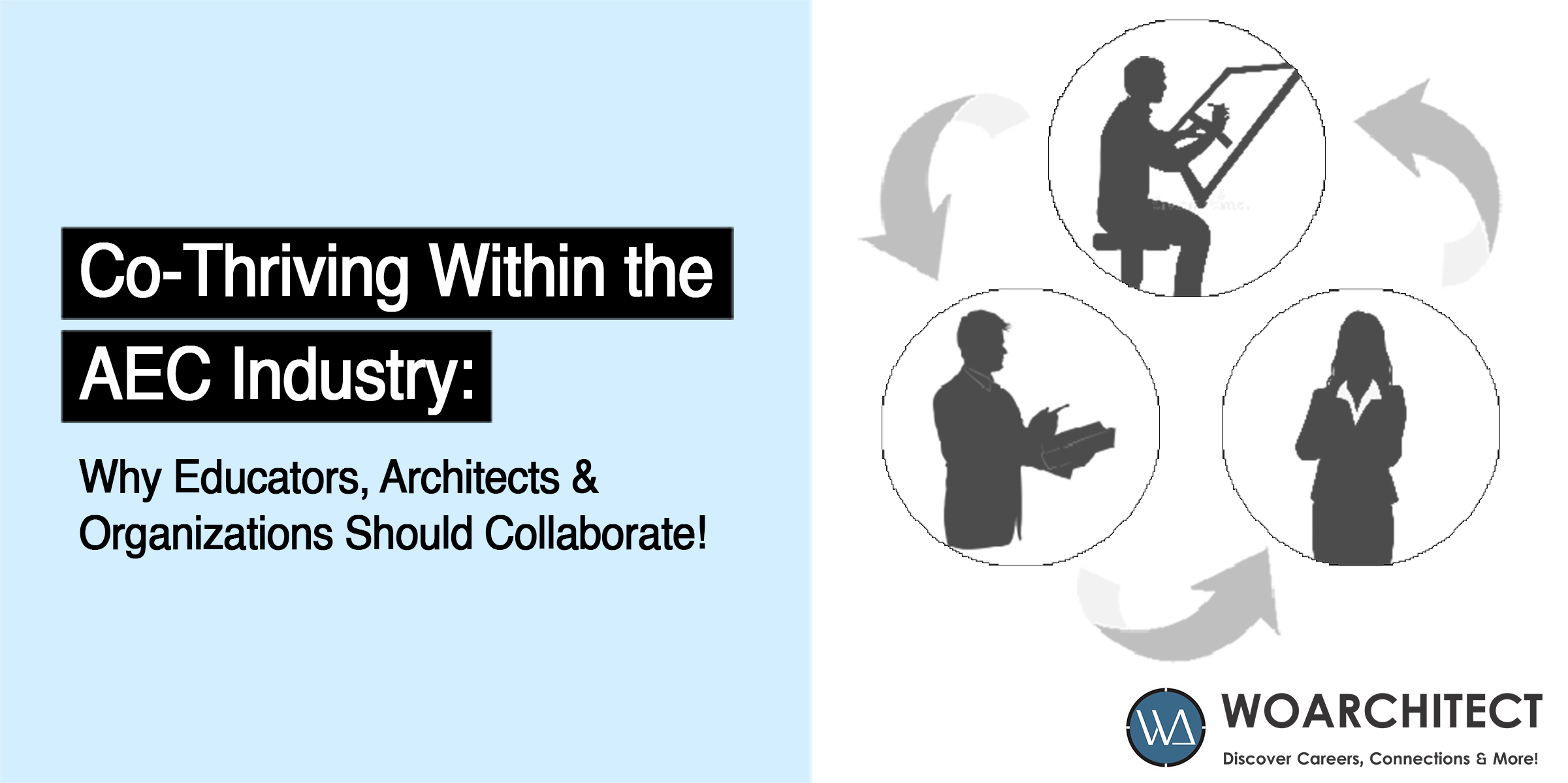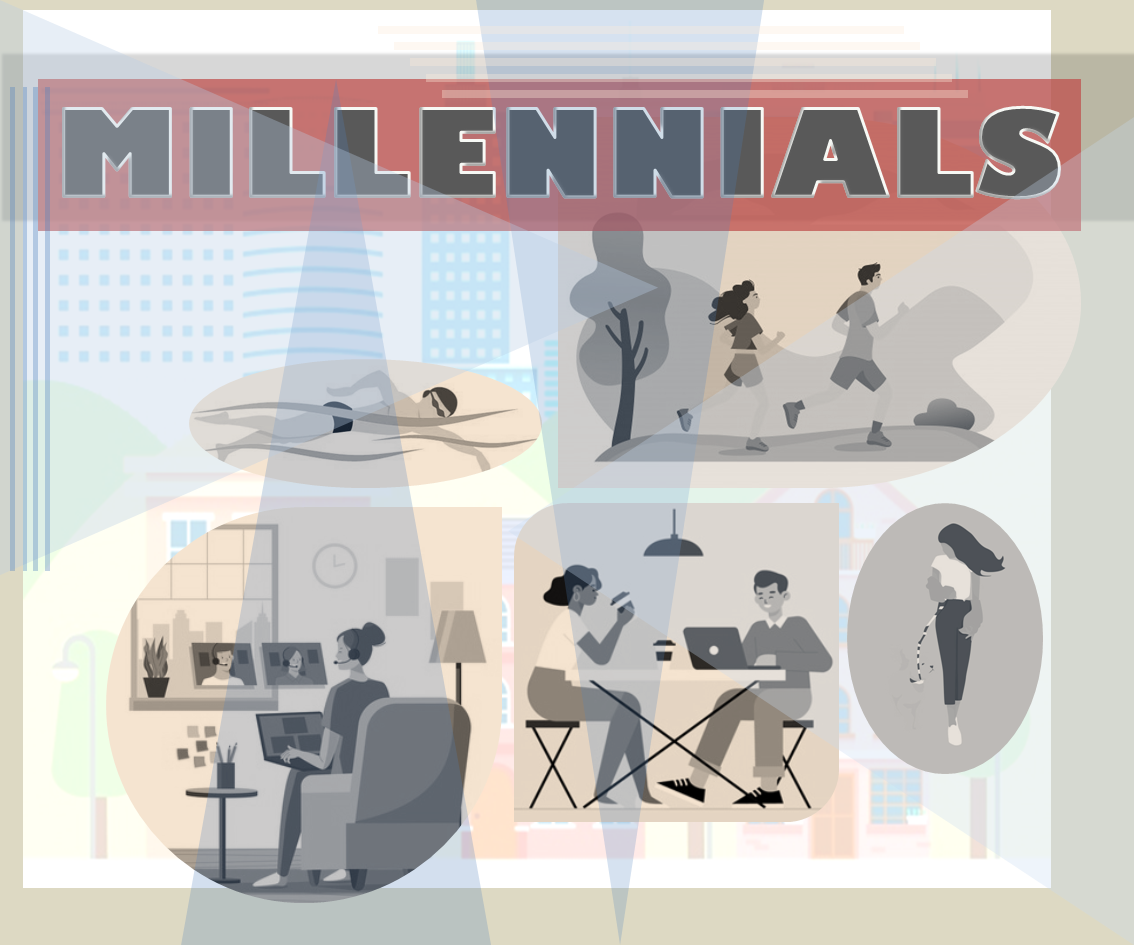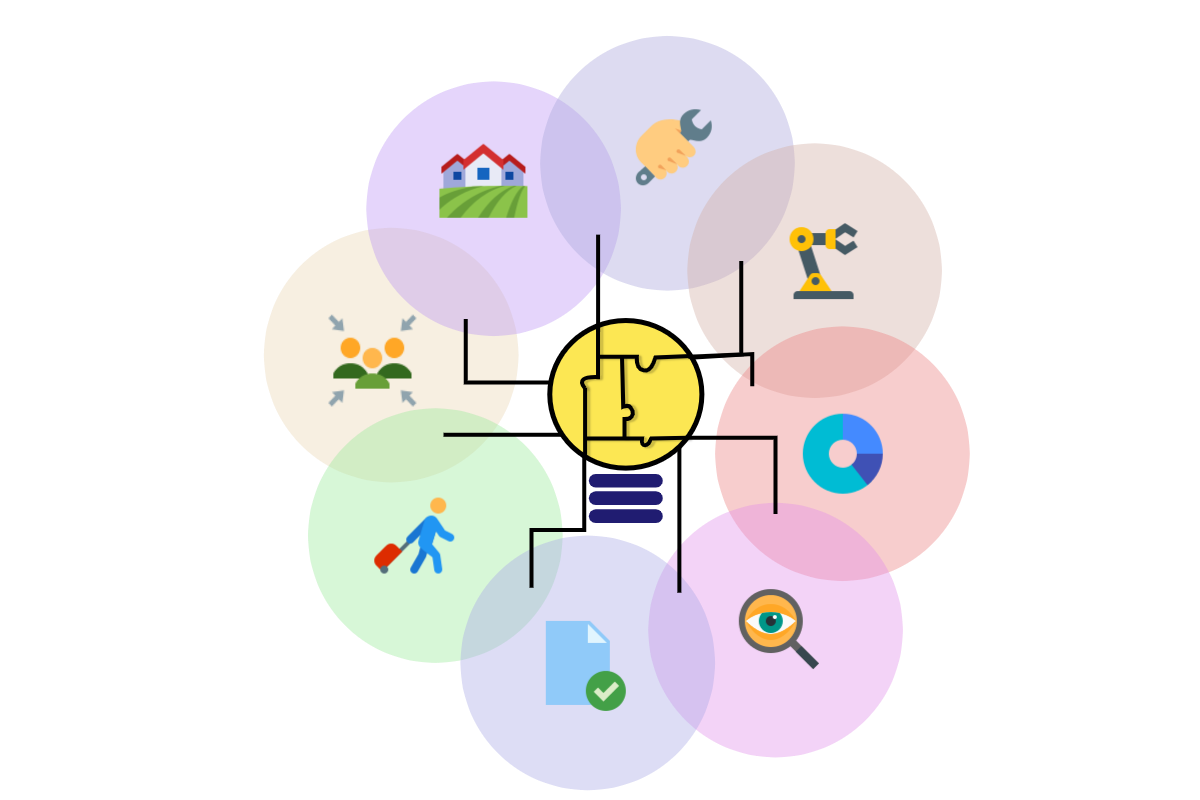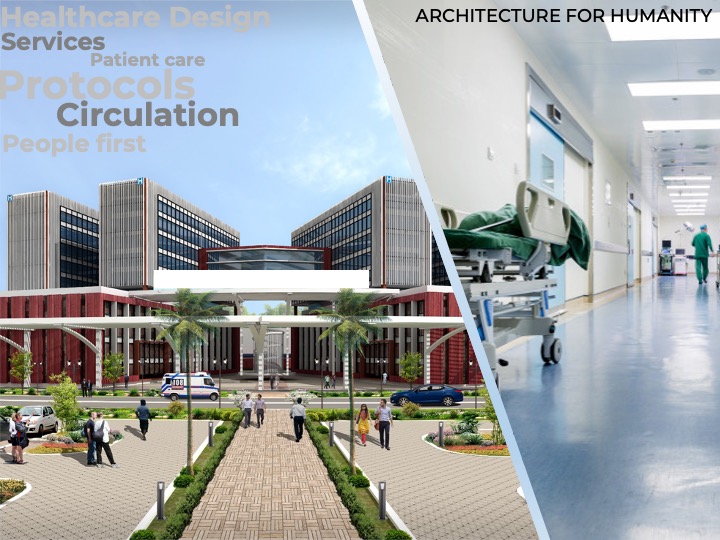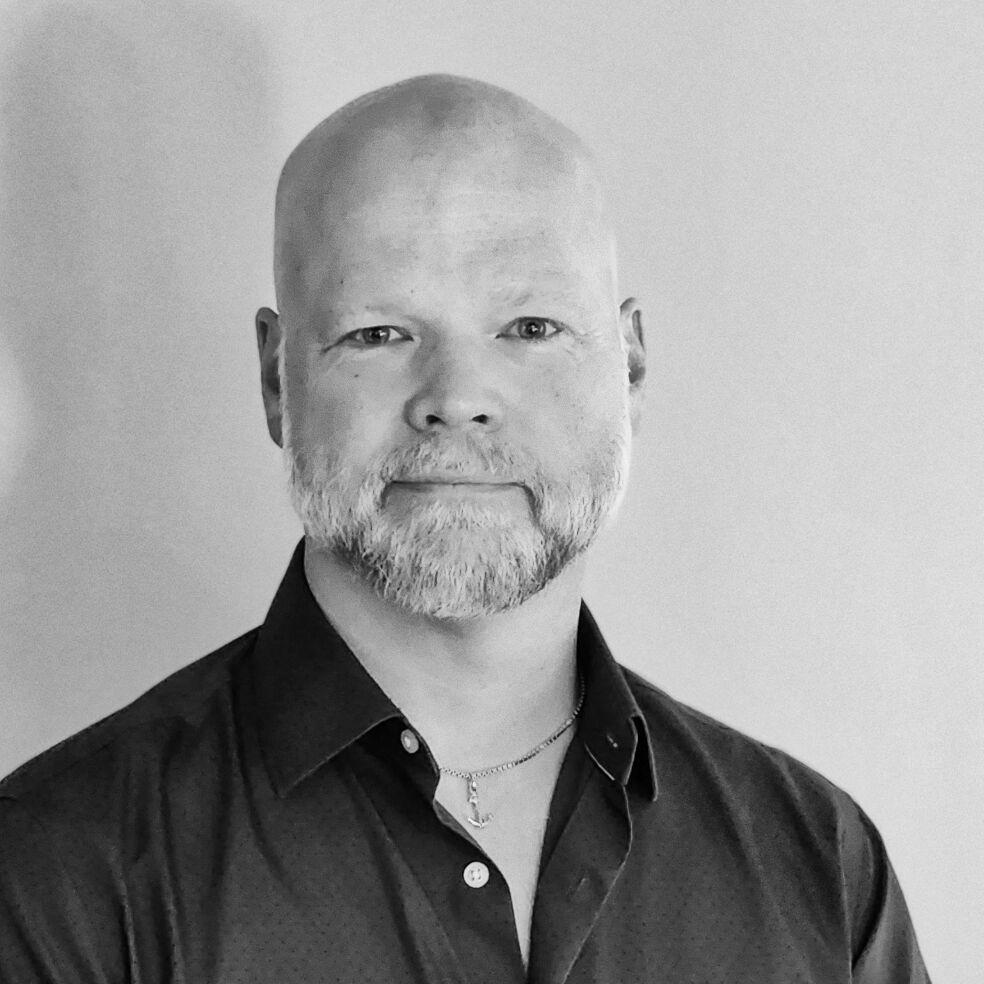

In Conversation with Mark Madura
Mark F. Madura has been the President and Chief Executive Officer of DATACAD LLC since October 1996. Prior to that, Mr. Madura was with Cadkey Inc. from June 1995 to October 1996 as Vice President AEC Product Group. Prior to joining Cadkey, Mr. Madura was the President of Madura Studios Inc. (a Boston-based CADD consulting firm) from August 1990 to June 1995. From 1982 to 1990, Mr. Madura held various drafting and design positions in the fields of engineering, landscape architecture, lighting design, architecture, and design-build. Madura studied engineering at Boston University and architecture at Roger Williams University in Rhode Island. The team at WOARCHITECT interviewed Mark Madura to learn about his professional journey.
Q: Please tell us about your journey as a professional and how you made the transition from architecture to the field of AEC software and DataCAD.
My journey to becoming a professional in the AEC industry goes all the way back to my childhood in a suburb of Chicago, Illinois called Skokie. As a pre-teen I earned money by mowing lawns and shovelling driveways, which was not uncommon for kids who grew up in the 1970’s. The summer I turned 13, I started working as a caddy at a local country club. We were allowed to work on the golf course in our bare feet, and I loved being outside all day.
I was never one to shy away from hard work, but I was also motivated to make my job easier and figure out ways to earn more. I resurrected my grandfather’s gas-powered snow thrower as I could use it to clear driveways faster. Since it was not self-propelled, I managed by pushing it around on a metal sled saucer. My mom still remembers me coming home and throwing my hard-earned cash into the air to celebrate.
During the summer, my friends and I would ride our bikes around the neighbourhood looking for things we could use to build forts. We would often scrounge around construction sites for wood scraps and other materials. One of the forts we constructed was made from a shipping crate and some discarded storm windows. I didn’t know it at the time, but these were my first experiences as an entrepreneur and an architect.
My family moved from Illinois to Simsbury, Connecticut in 1980 where I started high school. I got my first office job the summer following my sophomore year. I had taken architecture and engineering drawing courses and my father encouraged me to apply at a local firm. While working there, I drafted machine parts for Sikorsky Aircraft which they scanned into a computer database.
The next summer I began working for a local Landscape Architect running blueprints and drafting site planting plans. During my senior year I was approved for an independent study in architecture and represented our school in the Connecticut Home Builders’ Youth Design Competition which, I’m proud to say I won first prize. After my senior year, my family moved to Westport, Connecticut where I started working for a lighting designer.
Despite my interest in architecture, I did not apply to study at architectural schools. Instead, I started my college education at Boston University in engineering and it did not take long for me to realize I was on the wrong path. I took a leave of absence from BU and went back to work for the lighting designer where I helped him design and debut a new retail lighting centre in South Norwalk, Connecticut.
The following year I was accepted to Roger Williams University in Bristol, Rhode Island after a last-minute interview with the late Raj Saksena, FAIA, the founding dean of the School of Architecture. While studying there, I interned for a Bauhaus-era architect in Providence, Rhode Island. After four years I wasn’t sure I wanted to become an architect in the traditional sense. I was more interested in starting my own business in the field of architecture. In 1989 I withdrew from RWU and started working for a local design-build firm in the architecture department designing everything from custom homes to metal buildings.
This is where I was first introduced to DataCAD. Ironically, I had previously seen AutoCAD in the lab and vowed I would never use computers for design. Regardless, the firm owner’s son wanted us to get ‘modernized’ and one day a delivery arrived complete with a computer, plotter, and DataCAD software. I was informed I needed to learn DataCAD and start drawing electronically. I brought the four-volume set of manuals home and poured over them to familiarize myself.
It took a while to get the hang of it and when I finally produced my first drawing set, the owner was not nearly as impressed as I was. However, as time went on, I started to leverage what computers were good for (never drawing the same thing twice) and copied details in all the required orientations which made it much easier for the crew in the field. The pen plotted output was also clearer and revisions could be done faster. So, it proved its worth over time.
In 1990 the US economy faltered, and I was laid off. I had a brief period to collect unemployment insurance and used the time to start Madura Studios by building custom computer systems and teaching architects how to use DataCAD. By 1991, Madura Studios was the number one dealer for DataCAD, and this ultimately led to being offered a job to run the AEC Product Group at Cadkey in 1995. In October of 1996, I founded DATACAD LLC and purchased the rights to DataCAD.
Q: What is DataCAD and what was the impetus for its creation? How is it different from similar products in the market?
Well, simply put, DataCAD is software for architects. It began its life around 1981 in Charlottesville, Virginia when Griff Burgh, an architect and investor, hired Eric Smith, who was a student at the local University. Eric started out by creating a program on an Apple II that could draw parallel lines at the same time. He originally called it AppleDraw and by 1984, this software was written in Pascal on DOS-based computers and became known as DataCAD.
Since then, it has evolved in response to customer requests to provide many architecture and design-related capabilities from drafting to 3D modelling. DataCAD has many features like other CADD software, but it is unique in the simplicity and directness of its user-interface. It is still considered to be the most efficient software for production drawing. Purposefully, the best parts of DataCAD’s interface have not changed much over the past 35 years. This is the main reason our customers remain with DataCAD; “Because you don’t get paid until the drawings get done!”
Q: What is your role as an architect in the development of DataCAD software?
When I started with DataCAD, my wide range of experience in engineering, design, construction, and architecture allowed me to apply the use of the software to many disciplines. When I would demonstrate DataCAD to potential buyers, I would always work extemporaneously instead of from a script, while my competitors typically ran canned demos. In this way, I was able to apply DataCAD to any scenario and most importantly to something an architect could relate to.
Today I am the literal architect of DataCAD writing the source code that facilitates the interface and features of the program. I continue to be guided by customer input and know how to make their ideas for DataCAD a reality.
Q: How did your experience as an architectural professional with knowledge of building sciences help in the development of DataCAD software?
It’s hard to quantify this exactly but one way to put it would be to say that a software engineer knows how to write code to do a particular thing, but they don’t necessarily know anything about the day-to-day use of it or why it’s necessary. As someone with field experience in design I know what needs to be done and whether the software’s interface makes it easier. That’s not to say we always get it right, but ask our customers and they will tell you that DataCAD has not lost its elegance for the sake of over bloated capabilities.
Q: Do you see room for more software development in the field of architecture? If so, can you suggest where young architects can explore the field?
Absolutely. There really are no limits. Consider the billions of dollars that have been invested in desktop CAD programs over the past 40 years and the fact that computers still don’t quite provide the speed and capabilities we originally foresaw. Architecture and all its related fields are so diverse, and computer software and apps can be applied to almost any task. That means any direction you chose in the field will require it.
When I stared in Architecture school, I assumed I wanted to be a professional architect in the traditional sense. The introduction of computers led me to my alternative career in architecture. So, a lot depends on where the individual’s interests lie.
If that’s more toward design, then working for an architect using the software is probably the direction you want to go in. If computers and programming are more interesting then working for a CAD software developer may be your path.
In between those two, you may opt to apply your programming skills within an architecture firm by writing code for add-ons to the software the firm uses.
Q: What advice do you have for young architects and students of architecture who are interested in software development?
Regardless of your current interest, never fear being on the wrong path. You can always change your direction if necessary. That’s never been truer than it is today. This also means you should never be reluctant to change your path if that’s what’s necessary to stay on the right track.
If you’re interested in software development and you’re heading toward college, consider pursuing a degree in computer science, computer engineering, or software engineering. If you’re like me and graduated without any formal training in programming, consider an entry-level position at a software development company where you can apprentice. If you have real-world experience in the field their software is developed for, that may help you gain employment while lacking a coding degree.
No matter what, don’t get stuck “in your mom’s basement.” What I mean by this is don’t let being unable to find the “perfect” job keep you from starting somewhere. There is no replacement for experience, and you can only get it by doing, not by pondering it while waiting for the best opportunity. Remember the path you’re on is rarely ever straight.
References:
DataCAD Time Machine
https://www.datacad.com/time_machine/index.html
LinkedIn
https://www.linkedin.com/in/markmadura/

